“Instantly we were in a vast vault, where all gleamed like ether. The water below was like a blue-burning fire, lighting up the whole. All around was closed in: but, beneath the water, the little opening by which we entered prolonged itself almost to the bottom of the sea, forty fathoms in depth, and expanded itself to about the same width. Thus the powerful sunshine outside threw a reflected light upon the floor of the grotto, and streaming in now like fire through the blue water, seemed to change it into the burning spirit. Everything gave back the reflection: the rocky arch—all seemed as if formed of consolidated air, and to dissolve away into it. The drops of spray tossed up by the movement of the oars, fell red, like fresh rose leaves. It was a fairy world ” —Hans Christian Andersen, The Improvisatore
Visitors to Capri’s famous Grotta Azzurra, or “Blue Grotto”, must lie in the damp bottom of a rowboat, aimed straight at the cliffs. The oarsman waits for a lull in the tides, and ducks through the low opening in the cliff face. Inside, the waters glow brilliant otherworldly blue against the darkness of the cave above.
In Roman times, the grotto was the personal swimming hole of Emperor Tiberius, who moved the capital of the Roman Empire to the island in 27 AD. Tiberius is remembered at Capri for his lavish residence at Villa Jovis, atop a thousand-foot drop to the Mediterranean, over which he was reputed to have tossed dissenters. He was succeeded by the infamous Caligula, who also spent time on the island as a young man. In Tiberius’ time, the grotto was decorated with several statues, as well as resting areas around the edge of the cave.
The grotto was re-discovered by the outside world in 1826 by the German poet August Kopisch, who wrote about it in his book Entdeckung der Blauen Grotte (Part. Ill, Chap. VI). Word spread quickly, and Capri and the grotto became part of the Victorian era Grand Tour. It has been described by some of the best travel writers of the era. Not much has changed since Mark Twain’s 1869 visit, recorded in Innocent’s Abroad:
“The entrance to the cave is four feet high and four feet wide, and is in the face of a lofty perpendicular cliff – the sea-wall. You enter in small boats – and a tight squeeze it is, too. You can not go in at all when the tide is up. Once within, you find yourself in an arched cavern about one hundred and sixty feet long, one hundred and twenty wide, and about seventy high. How deep it is no man knows. It goes down to the bottom of the ocean. The waters of this placid subterranean lake are the brightest, loveliest blue that can be imagined. They are as transparent as plate glass, and their coloring would shame the richest sky that ever bent over Italy. No tint could be more ravishing, no lustre more superb. Throw a stone into the water, and the myriad of tiny bubbles that are created flash out a brilliant glare like blue theatrical fires. Dip an oar, and its blade turns to splendid frosted silver, tinted with blue. Let a man jump in, and instantly he is cased in an armor more gorgeous than ever kingly Crusader wore.”
The island of Capri is riddled with caves and grottos, and the Blue Grotto was not a mystery to locals. Known locally as Gradola, it had been avoided as it was said to be inhabited by monsters or evil spirits.
The Blue Grotto is 60 meters long by 25 meters wide. The clear blue waters below the boat are 150 meters deep. The unearthly blue light effect is caused by the refraction of daylight through the above water cave opening and a larger submerged opening. The acoustics inside the grotto are famously beautiful. At the back of the main cave, three connecting branches lead to the Sala dei Nomi, or “room of names”, named after the graffiti signatures left by visitors over the centuries. Two more passages lead deeper into the island, before it becomes inaccessible. For many years it was thought that the fissures at the back of the cave may have been ancient stairways leading up to the Emperor’s pleasure palaces, but it now seems that these are merely natural passages which narrow and then end, no palace in sight.
Three statues of the sea gods Neptune and Triton were recovered from the grotto floor in 1964 (now on display at a museum in Anacapri), and seven statue bases were found in 2009. The Roman historian Pliny the Elder described the statues in the grotto as “playing on a shell” - the position of the now missing arms of the Triton statue, usually depicted with a conch shell, indicate that these were the statues that he saw in the 1st century AD. Four more statues may yet be hidden in the sandy depths.
Swimming in the grotto is now forbidden, both for safety reasons and to preserve the water clarity, however, some intrepid swimmers enter after hours on their own. It is a popular tourist destination on the island, but no less rare, or beautiful, a natural phenomenon for it.
A new project by the association Marevivo aims at restoring the Grotto to its Roman appearance, with (copies of) the Roman statues in place.
Know Before You Go
The grotto is open daily (except Christmas Day and New Year's Day) from 9 a.m. to 5 p.m., given favorable sea conditions. In case of strong winds, the mouth of the grotto is unaccessible.
The Blue Grotto can be reached by boat from Marina Grande, or bus from Anacapri, or by walking the well-marked path. All access to the Grotto is closed on windy days or when there are waves. Closures usually occur from November to March when the chances of strong winds and waves are higher. During the high season in summer, visitors may need to wait over an hour to get inside.
Community Contributors
Added by
Plan Your Trip
The Atlas Obscura Podcast is Back!







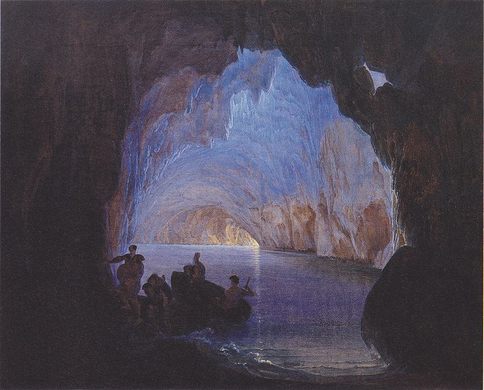



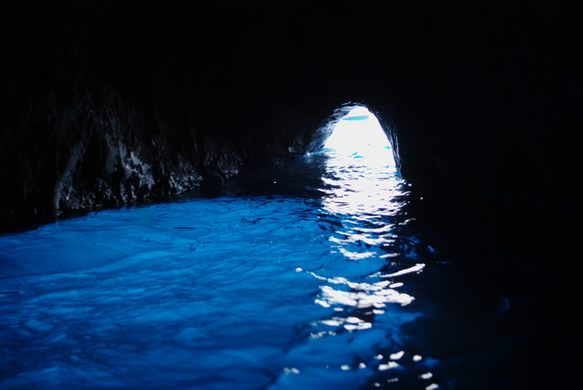











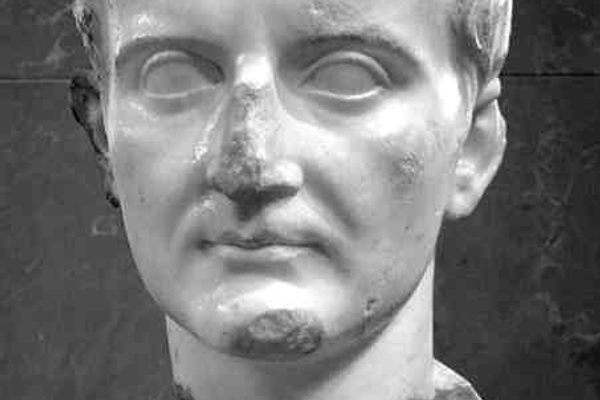
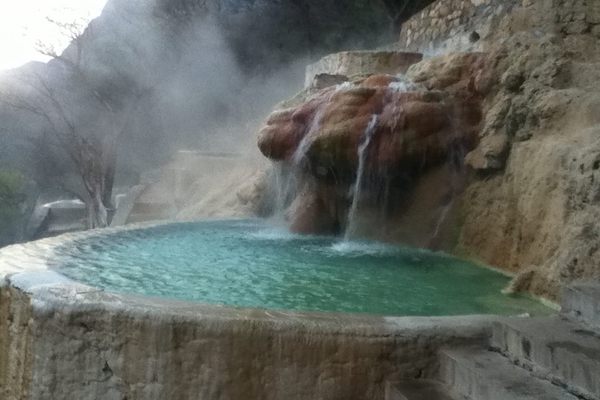
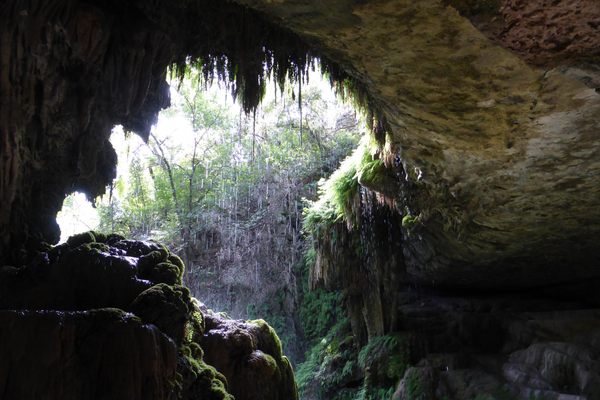
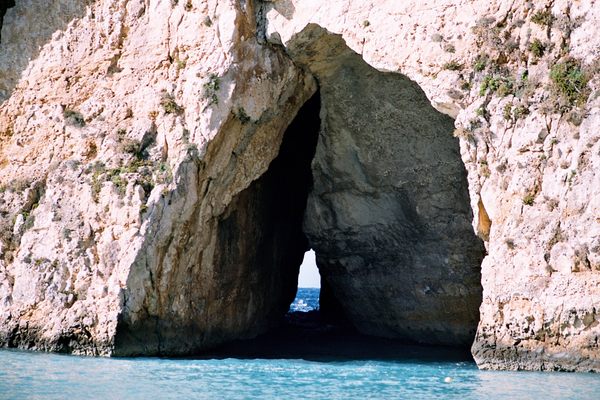
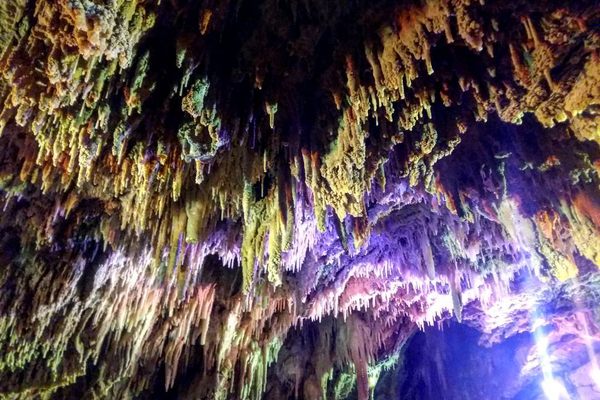

Follow us on Twitter to get the latest on the world's hidden wonders.
Like us on Facebook to get the latest on the world's hidden wonders.
Follow us on Twitter Like us on Facebook